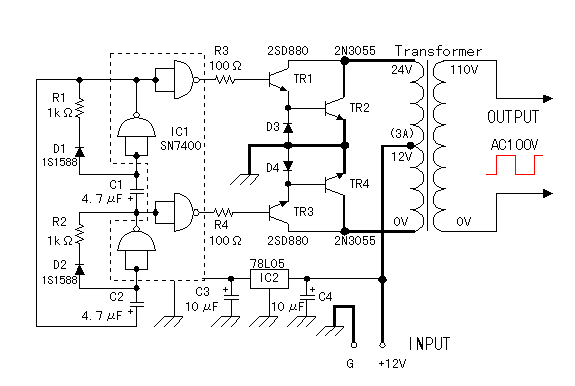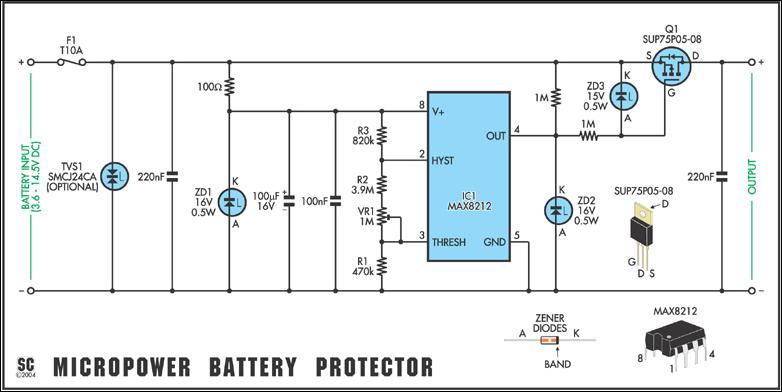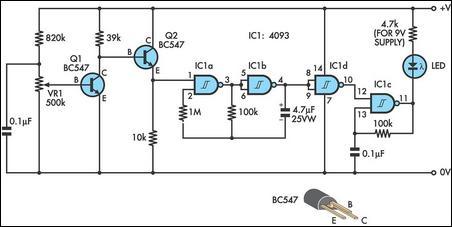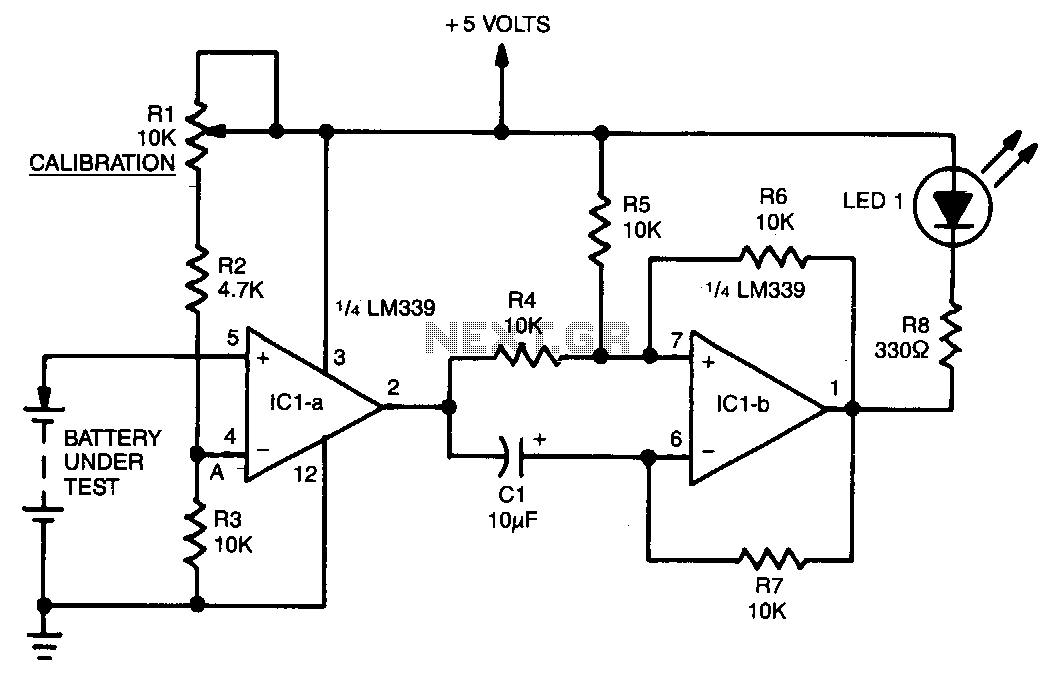
battery operated tesla coil

A battery-operated Tesla coil is being developed, and assistance is needed for converting direct current (DC) to alternating current (AC) to power a high-voltage transformer.
To convert DC to AC for powering a high-voltage transformer in a Tesla coil circuit, an inverter circuit is typically employed. Inverters can be designed using various topologies, including modified sine wave inverters, pure sine wave inverters, or square wave inverters, depending on the application requirements and complexity.
A basic approach involves the use of a push-pull inverter configuration, which utilizes two transistors (such as MOSFETs or BJTs) to alternately switch the DC voltage to the transformer primary winding. The circuit may include a transformer with a center-tapped secondary that provides the necessary alternating current for the high-voltage transformer.
The circuit can be designed as follows:
1. **Power Supply**: The circuit begins with a battery or a battery pack that provides the necessary DC voltage. The voltage level should be suitable for the transistors and the transformer to ensure efficient operation.
2. **Oscillator Circuit**: An oscillator circuit, such as a 555 timer IC or a microcontroller, can be used to generate a square wave signal. This signal drives the base or gate of the transistors, ensuring that they switch on and off alternately.
3. **Transistors**: The selected transistors should be rated for the voltage and current levels involved in the application. They should be configured in a push-pull arrangement, where one transistor conducts while the other is off, and vice versa. This configuration allows the current to flow in alternating directions through the transformer.
4. **Transformer**: The transformer should be designed to step up the voltage to the desired high-voltage level required for the Tesla coil. The turns ratio of the transformer will determine the output voltage based on the input voltage from the inverter circuit.
5. **Filtering and Protection**: Additional components, such as diodes, capacitors, and inductors, may be included for filtering and voltage regulation, as well as protection against back EMF generated by the transformer.
6. **Output Stage**: The output from the transformer can be connected to the Tesla coil, where it will be used to generate high-voltage discharges.
This approach provides a foundational method to achieve the necessary AC voltage from a DC source to effectively power a high-voltage transformer in a Tesla coil application. Proper component selection and circuit design are essential to ensure safety and performance.I`m working on a battery operated tesla coil and im completely stumped on how to convert the dc to ac to power my hv transformer.. 🔗 External reference
To convert DC to AC for powering a high-voltage transformer in a Tesla coil circuit, an inverter circuit is typically employed. Inverters can be designed using various topologies, including modified sine wave inverters, pure sine wave inverters, or square wave inverters, depending on the application requirements and complexity.
A basic approach involves the use of a push-pull inverter configuration, which utilizes two transistors (such as MOSFETs or BJTs) to alternately switch the DC voltage to the transformer primary winding. The circuit may include a transformer with a center-tapped secondary that provides the necessary alternating current for the high-voltage transformer.
The circuit can be designed as follows:
1. **Power Supply**: The circuit begins with a battery or a battery pack that provides the necessary DC voltage. The voltage level should be suitable for the transistors and the transformer to ensure efficient operation.
2. **Oscillator Circuit**: An oscillator circuit, such as a 555 timer IC or a microcontroller, can be used to generate a square wave signal. This signal drives the base or gate of the transistors, ensuring that they switch on and off alternately.
3. **Transistors**: The selected transistors should be rated for the voltage and current levels involved in the application. They should be configured in a push-pull arrangement, where one transistor conducts while the other is off, and vice versa. This configuration allows the current to flow in alternating directions through the transformer.
4. **Transformer**: The transformer should be designed to step up the voltage to the desired high-voltage level required for the Tesla coil. The turns ratio of the transformer will determine the output voltage based on the input voltage from the inverter circuit.
5. **Filtering and Protection**: Additional components, such as diodes, capacitors, and inductors, may be included for filtering and voltage regulation, as well as protection against back EMF generated by the transformer.
6. **Output Stage**: The output from the transformer can be connected to the Tesla coil, where it will be used to generate high-voltage discharges.
This approach provides a foundational method to achieve the necessary AC voltage from a DC source to effectively power a high-voltage transformer in a Tesla coil application. Proper component selection and circuit design are essential to ensure safety and performance.I`m working on a battery operated tesla coil and im completely stumped on how to convert the dc to ac to power my hv transformer.. 🔗 External reference





